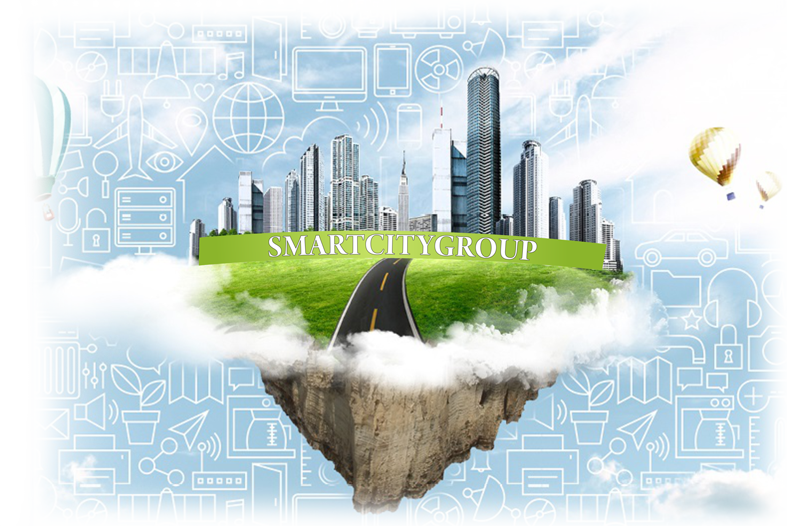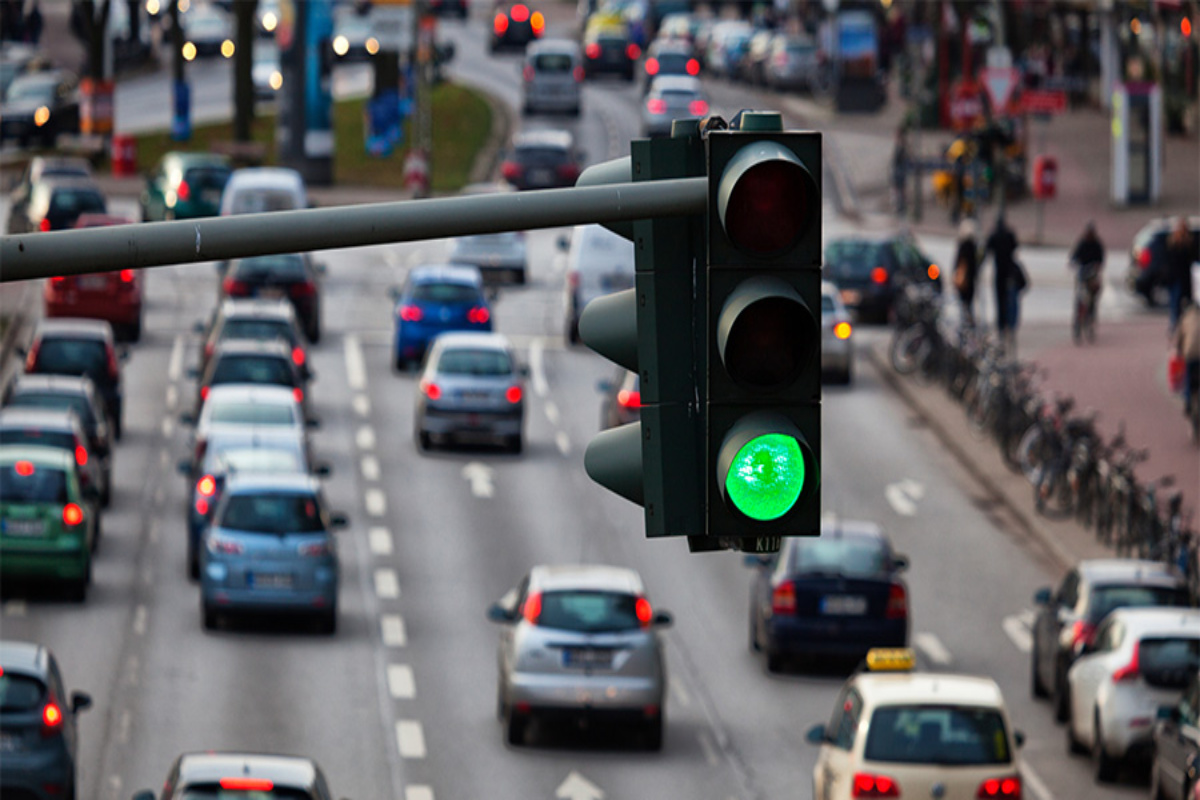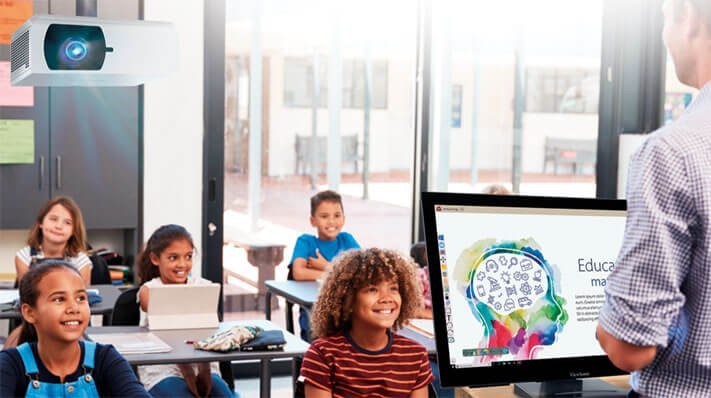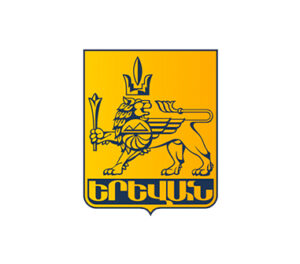
connection between smart homes and smart cities
Strange but true: there has previously been little physical, digital, or theoretical connection between smart homes and smart cities. But that is changing. Governments, businesses, and citizens are increasingly seeing the smart home as the obvious missing link in the creation, expansion, and improvement of smart cities.
app stores
An app store (application store) is an online portal through which software programs are made available for procurement and download.
local messenger
Over-the-top messaging apps, usually referred to as “OTT messaging apps” are instant messaging services provided by...
search engine
Social networking is the use of Internet-based social media sites to stay connected with friends, family, colleagues, customers...
Intelligent Traffic Management System (ITMS)
Intelligent Traffic Management System (ITMS), is one of the advanced solution to the congested traffic conditions face by many cities.Those cities which are transmuting from rural to urban cities also created similar chaos. As a result of rapid industrialization and urbanization, many cities are facing increased volume of population which resulted in an unplanned city infrastructure. Unplanned infrastructures includes Road & Junctions, Sewerage Networks, and Utility Ducts etc.
how a city administration benefits from ATCS?
ATCS will give a real-time information about the traffic volume in the city. It gives an overall understanding about the city roads that, which all roads need to be widened enough to contain the increased volume of traffic. Also, it will provide interpretation regarding multiple route options for traffic movement, i.e., which all roads can be converted from 2-way roads to 1-way roads.
Intelligent Transportation Systems for Smart Cities (ITS)
A city’s transport system acts as a lifeline for the smooth functioning of the city. In the absence of right commuting channels, life comes to a halt for people residing in urban areas. Proper means and management of transport channels defines the quality of life in modern hi-tech cities. Intelligent Transportation System (ITS) can revolutionize the way people...
Public Transportation Management
The service is aimed towards the encouragement of public transport use amongst people. The goal can be achieved by effective automation, planning and management of public transportation with the help of real time data analysis of different routes. The information helps in knowing vehicle schedules and offering quick response to operators and dispatchers during the deviation, delay or other emergency scenarios. It also helps in ensuring the ..
YOUR SOLUTION FOR SMART RESPONSE PLANS
Purpose: An Emergency Operations Center, or EOC, is a central command and control facility responsible for carrying out emergency management, and ensuring the continuity of operation. Key campus emergency personnel and senior management are trained in Incident Command and their roles and responsibilities. The campus EOC is responsible for the strategic overview and coordination of the disaster.
Command
responsible for overall response management.
Operations
responsible for coordinating all operations to support the Incident Action Plans.
Planning
responsible for collecting, evaluating, and disseminating information and for coordinating development of Incident Action Plans.
Logistics
responsible for procuring facilities, services, personnel, equipment and materials.
How Big Data Impacts Smart Cities
Big data solutions provide administrative controls for large amounts of data, including storage, backups, analysis, and visualization. Big data systems introduce efficiency into a complex data infrastructure. In addition, big data solutions enable the use of advanced capabilities in smart cities. This includes Internet of Things (IoT) technology, smart sensors, smart transport, and more. This article reviews the basic concepts of a smart city and how big data impacts smart cities.
news
news
news

Pandemic accelerated rise of smart cities
The pandemic has changed the way governments approach smart cities – likely permanently – a new report shows. ESI ThoughtLab’s “Smart City Solutions for a Riskier World,” released March 30, reviewed 167 cities worldwide and found that 81% of respondents said the pandemic and its repercussions were the biggest disruptions not only of 2020 but …
more
How AI can reduce traffic congestion and fuel consumption
When cars sit in traffic or at stoplights, they waste gas. Larger vehicles like tractor trailers use more fuel than cars when they idle and when they’re getting back up to speed after stopping at a red light. In fact, the Department of Energy estimates that more than 6 billion gallons of gasoline and diesel combined are …
more
Smart cities are built on data
The key to urban planning and smart city development is data, experts say. That sounds easy enough considering the amount of data available today, but challenges persist. For one, cities don’t have a great track record with data management. “Cities operate a lot of things still on paper,” said Justin Dennis, CTO and co-founder of Urban SDK, a …
moreWhat is Smart City
A smart city is an urban area that uses different types of electronic methods and sensors to collect data. Insights gained from that data are used to manage assets, resources and services efficiently; in return, that data is used to improve the operations across the city. This includes data collected from citizens, devices, buildings and assets that is then processed and analyzed to monitor and manage traffic and transportation systems, power plants, utilities, water supply networks, waste, crime detection, information systems, schools, libraries, hospitals, and other community services. The smart city concept integrates information and communication technology (ICT), and various physical devices connected to the IoT (Internet of things) network to optimize the efficiency of city operations and services and connect to citizens. Smart city technology allows city officials to interact directly with both community and city infrastructure and to monitor what is happening in the city and how the city is evolving. ICT is used to enhance quality, performance and interactivity of urban services, to reduce costs and resource consumption and to increase contact between citizens and government. Smart city applications are developed to manage urban flows and allow for real-time responses. A smart city may therefore be more prepared to respond to challenges than one with a simple "transactional" relationship with its citizens. Yet, the term itself remains unclear to its specifics and therefore, open to many interpretations.
1
IoT in Smart Home and Smart City Application
2
From smart meters to smart cities
3
Smart Healthcare Solutions for Smart Cities
SMART EDUCATION FOR SMART CITIES: VISUAL, COLLABORATIVE & INTERACTIVE
Smart education is a key ingredient in smart city development. Strengths in basic education, advanced training and certification, universities and community colleges, e-learning infrastructure, lifelong learning and innovation in education technologies are all part of what defines a smart city. “For the citizens of a smart city to thrive, we must first place education at its center,” according to Dr. I-Chang Tsai, Vice President and Director General of Digital Education, Institute for Information Industry in Taiwan. Smart cities recognize the need for “education programs producing graduates with modern knowledge, practical skills and collaborative attitudes.”
Smart education is “a model of learning adapted to new generations of digital natives.” In comparison to traditional classroom teaching models, smart education is an interactive, collaborative and visual model, designed to increase student engagement and enable teachers to adapt to students’ skills, interests and learning preferences…
“Existing classroom technology in schools and other educational facilities is often outdated and does not offer the functionality that modern digital and media-rich education should encompass to increase student engagement and learning outcomes.” Smart cities need education facilities and school systems which ensure students acquire 21st century skills, including “digital literacy, inventive thinking, effective communication, teamwork and the ability to create high-quality projects. In order to reach this lofty goal, educators need to focus technology on the key building blocks of student achievement.” A report from the U.S. Department of Education indicates “a digital use divide continues to exist between learners who use technology in active, creative ways to support their learning and those who predominantly use technology for passive content consumption.”
ViewSonic Corp., a leader in interactive display technologies, offers a wide range of innovative display solutions for next-generation teaching and learning. ViewSonic’s award-winning education solutions “transform classrooms into immersive learning environments” and enable teachers and students to connect and collaborate.
- ViewBoard® Interactive Flat Panel Displays—Award-winning interactive displays (65- and 75-inch) with responsive multi-touch interactivity for powerful out-of-the box classroom collaborations
- MyViewBoard Interactive Annotation Software—A digital whiteboard in the cloud enabling teachers to connect with students through a user-friendly design for casting, sharing, and annotation. With the ViewBoard, teachers can plan lessons, seamlessly import multimedia files and easily save to the cloud.
Get in touch with us
Please enter your email to start hacking If you do not respond, email us info@smartcitygroup.am






